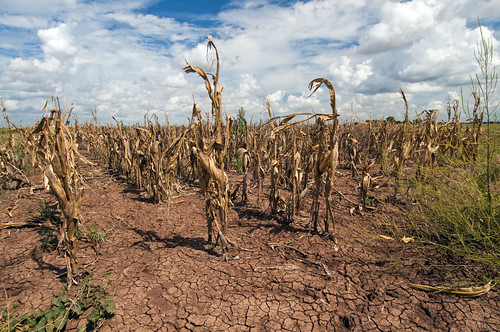- Why Scientists Track Atmospheric Carbon With Giant Towers - October 7, 2025
- The Link Between Melting Ice and Rising Sea Levels Explained - October 6, 2025
- How Ocean Currents Help Regulate Global Climate - October 5, 2025
Historic Drought Patterns Mirror 1930s Catastrophe
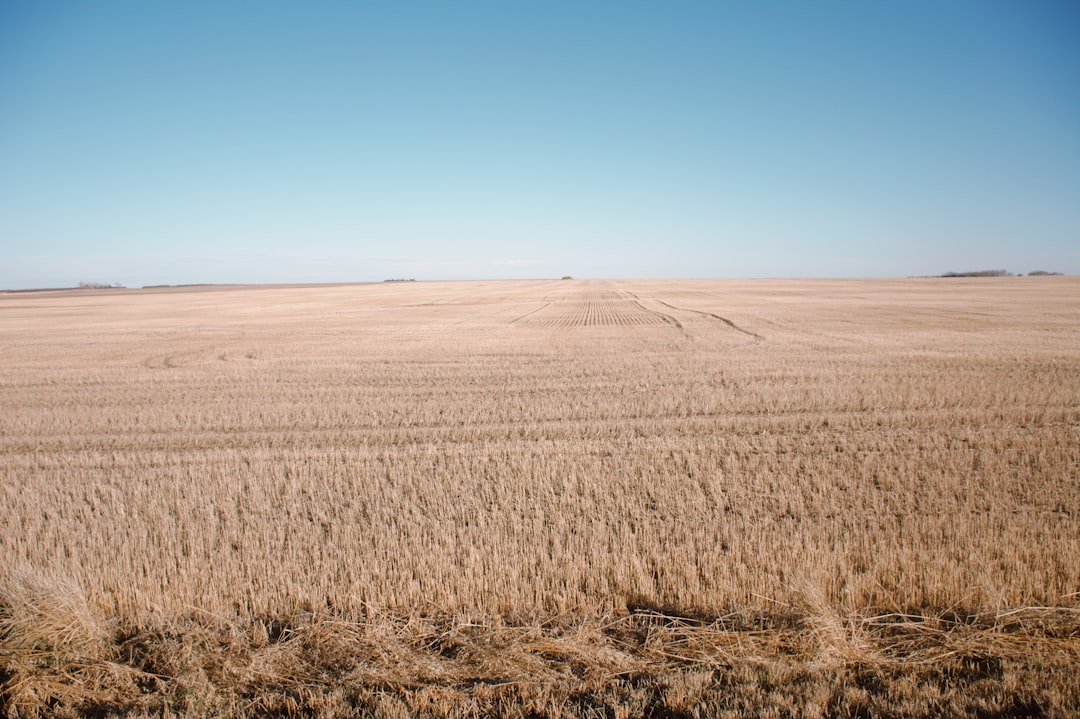
The ghostly echoes of the 1930s Dust Bowl are reverberating across America’s heartland as drought is expected to persist through January 2025 for areas in drought across Minnesota, Iowa, Missouri, northern Illinois, and Wisconsin. The similarities are striking and unsettling. According to the U.S. Drought Monitor, 33.3% of the Midwest region is in drought (D1-D4), and even more alarming, in early June, the entire Midwest region was drought-free.
The speed of this transformation should make every American pause. severely dry conditions and typical summer heat led to the return of drought, particularly across portions of the Ohio River Basin. In Ohio, 30% of the state is experiencing Extreme and Exceptional Drought (D3–D4), with Exceptional Drought present since late August. This is the first time the state has experienced Exceptional Drought since the U.S. Drought Monitor began in 2000.
The Eastward March of Desolation
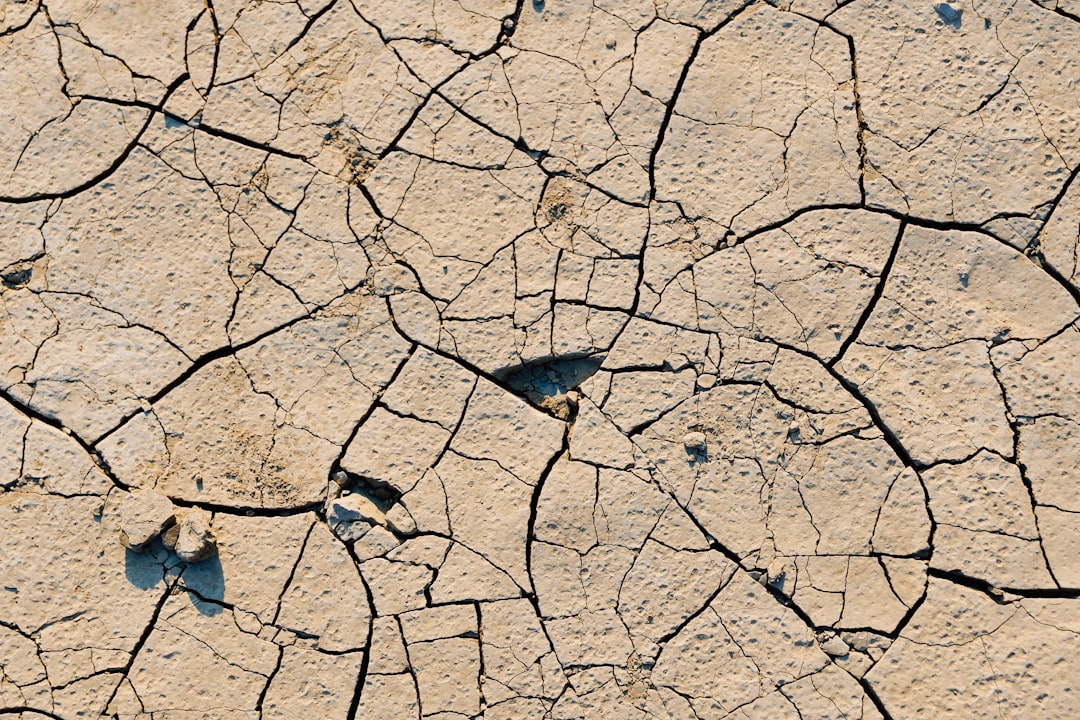
What’s particularly troubling is how this drought is spreading eastward, defying traditional patterns. Compared to January, drought worsened in the Northeast, parts of the Midwest, southern California and Nevada, and in the Northern Rockies and Great Plains. This isn’t just a western problem anymore—it’s becoming a national crisis.
long-term precipitation deficits remain an issue across Iowa, portions of northern Missouri, and the southern third of Minnesota, with deficits of at least 20 inches over the last four years. Some isolated areas have deficits of over 40 inches. Think about that for a moment—entire regions are missing the equivalent of two years’ worth of normal rainfall.
The drought’s eastward creep is particularly evident in states like Ohio, where 64% of the state is in Moderate to Exceptional Drought (D1–D4). The remnants of Hurricane Helene improved conditions in southeastern Ohio, but 8% of the state remains in Exceptional Drought (D4), which has been present since late August 2024. Even hurricane-force moisture couldn’t fully break the drought’s grip.
Soil Moisture Crisis Deepens Agricultural Concerns
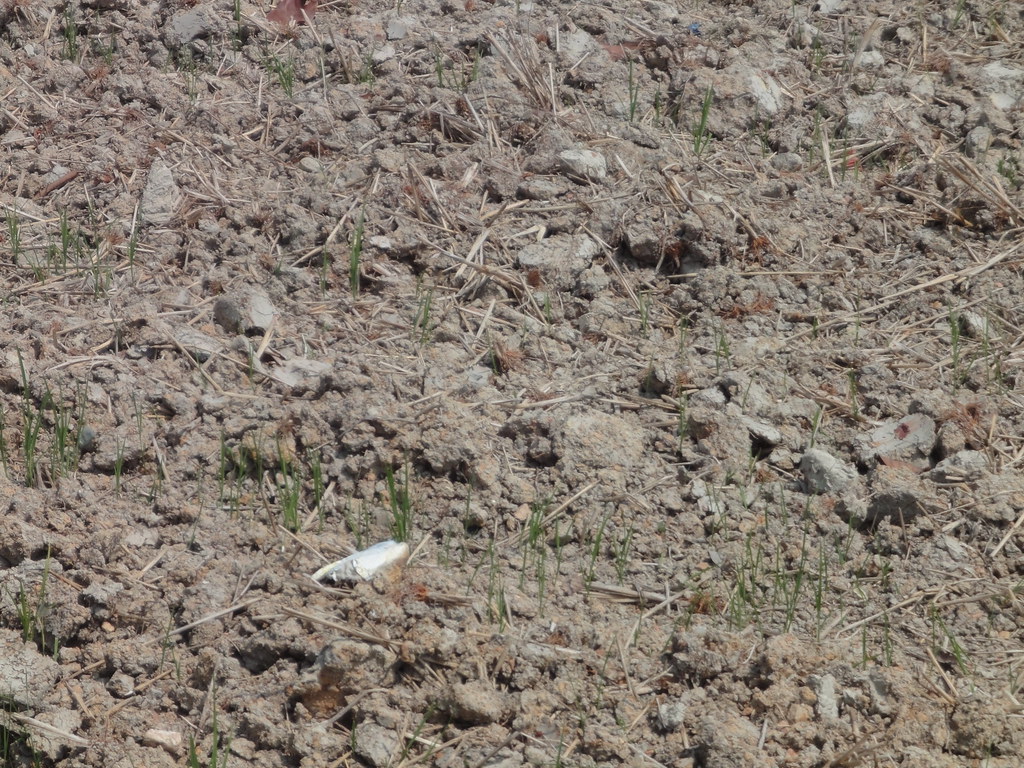
The foundation of American agriculture—healthy soil—is literally drying up beneath our feet. The lack of rainfall in many areas has led to extremely low soil moisture across much of the Midwest, including Iowa, Missouri, Minnesota, Illinois, Indiana, Michigan, and Ohio. This isn’t just a surface problem; it’s a deep-rooted crisis affecting the very capacity of land to support crops.
Farmers are witnessing conditions that would have been familiar to their great-grandparents during the 1930s. The soil is so dry that clouds of dust hang in the air as he drives through his fields. “Not sure how I’m supposed to see what I’m doing tonight,” Uhrmacher said on a recent night of planting. If he didn’t use soil conservation practices like reduced tillage and cover crops, he said his fields could look like something out of the 1930s Dust Bowl. It’s the driest spring Uhrmacher can remember in his 38 years of farming.
Great Plains Face Summer 2025 Drought Expansion

The situation is about to get worse, much worse. As of June 3, 38.8% of the Missouri River Basin and 25% of the Southern Plains are in drought, according to the U.S. Drought Monitor. But this is just the beginning. NOAA’s Climate Prediction Center predicts that drought will develop this summer from North Dakota through Nebraska and persist across large parts of the Missouri River Basin states.
The forecast paints a grim picture for the summer growing season. Both a weak La Niña this spring and a negative Pacific Decadal Oscillation (PDO) suggest a drier-than-normal summer. Monsoonal pattern in the U.S. Southwest will likely result in: Limited wetting rains in the North-central U.S. Increased fire ignitions from dry lightning in the High Plains. The combination of above-normal grass/fine fuels across much of the region with a potential increase in dry lightning typically yields more fire activity.
Modern Agriculture Proves Vulnerable to Dust Bowl Conditions
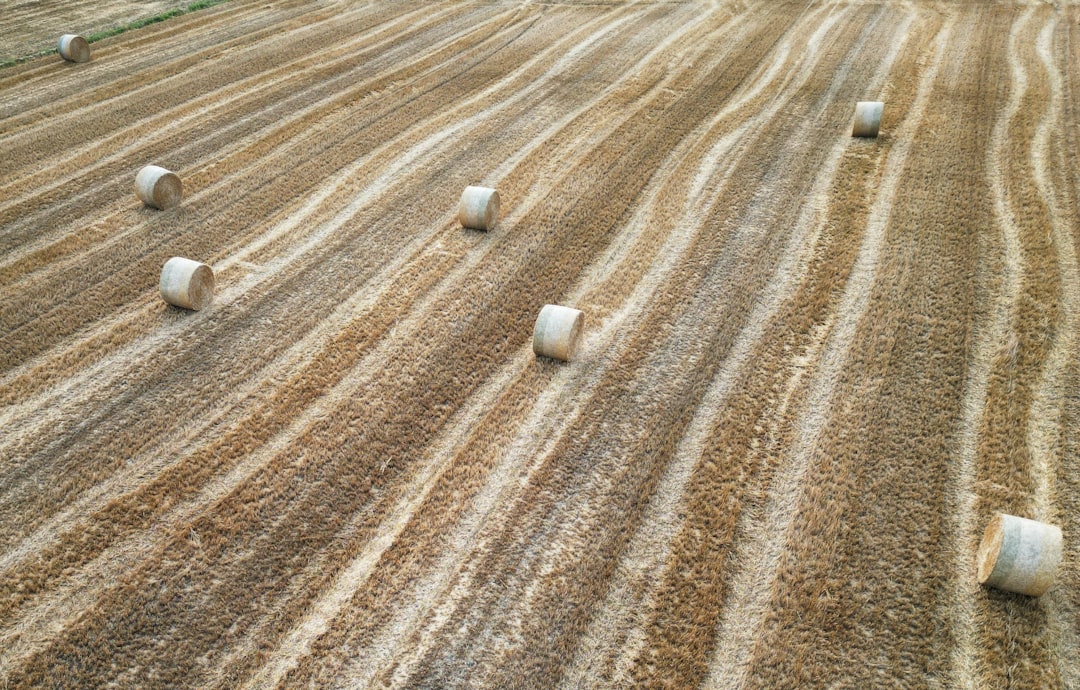
Here’s perhaps the most shocking revelation: despite nearly a century of technological advancement, modern agriculture remains devastatingly vulnerable to Dust Bowl-type conditions. A drought on the scale of the legendary Dust Bowl crisis of the 1930s would have similarly destructive effects on U.S. agriculture today, despite technological and agricultural advances, a new study finds. Additionally, warming temperatures could lead to crop losses at the scale of the Dust Bowl, even in normal precipitation years by the mid-21st century.
The numbers are staggering. when the researchers simulated the effects of the 1936 drought upon today’s agriculture, they still observed roughly 40 percent losses in maize and soy yield, while wheat crops declined by 30 percent. Even more alarming, Even under non-drought years with normal precipitation, the hotter weather produces declines in crop yield as severe as those experienced during the Dust Bowl. “By mid-century even a normal year in precipitation could be as bad as what we saw in 1936,” Elliott said.
Climate Change Amplifies Dust Bowl Risks
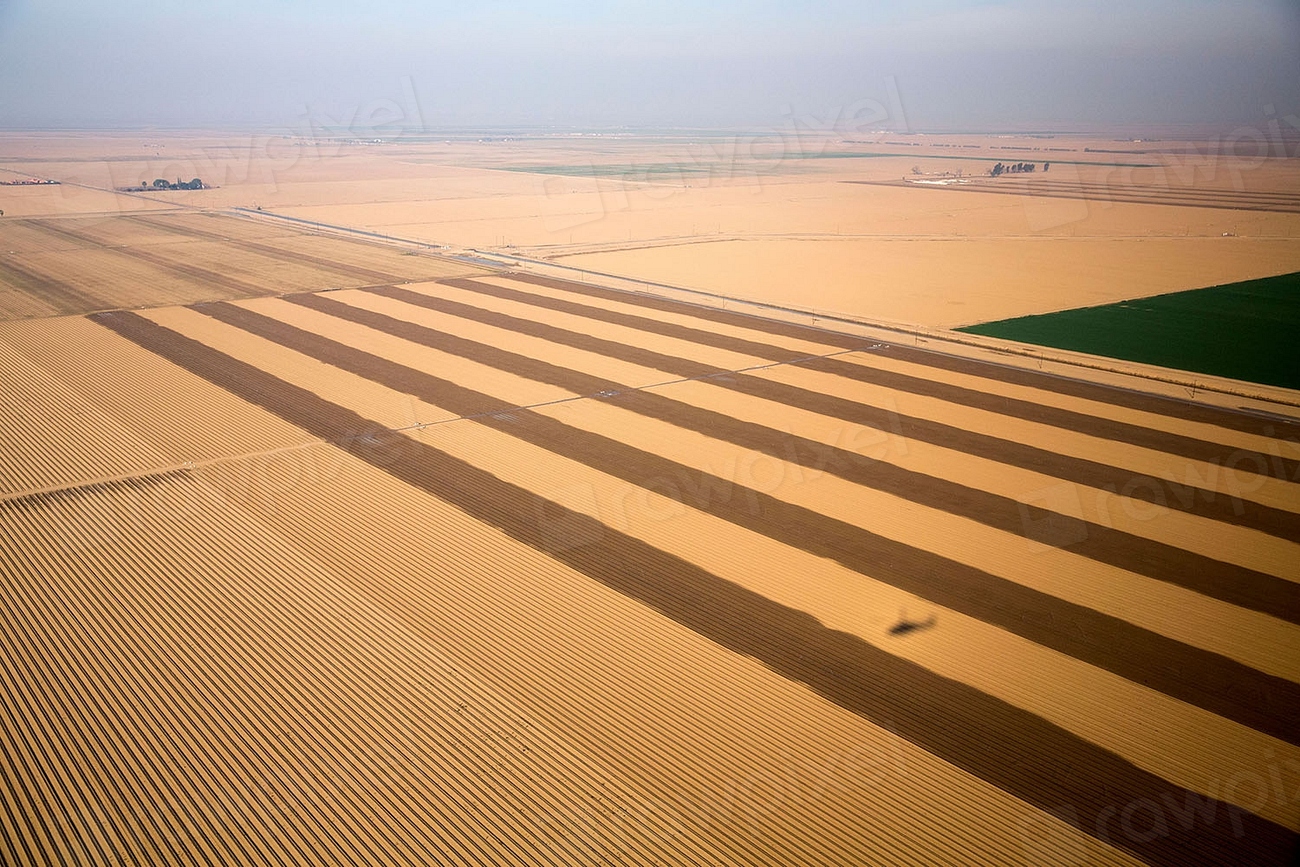
The cruel irony is that climate change is making Dust Bowl conditions not just possible, but probable. In a recent study in Nature, Cowan and his coauthors found that greenhouse gas emissions have made a period of Dust Bowl-like heatwaves more than two-and-a-half times more likely compared to the 1930s. The feedback loops are becoming increasingly dangerous.
Ben Cook, a climate scientist at the NASA Goddard Institute for Space Studies, says the same goes for drought. “What we’re seeing in a lot of regions is this kind of amplified evaporation effect that’s making it … easier to get into drought, a little bit harder to get out of drought, and making the droughts themselves a bit more intense than they would have been in a colder world.”
The temperature factor is particularly troubling. The forecast grew even more dire when the researchers looked at the effect of elevated temperatures on U.S. crop yields. An increase of four degrees above today’s average temperatures—a possible scenario by the mid-21st century—doubled the effect of a 1936-level drought, reducing crop yields by as much as 80 percent.
Rising Dust Storms Signal Approaching Tipping Point
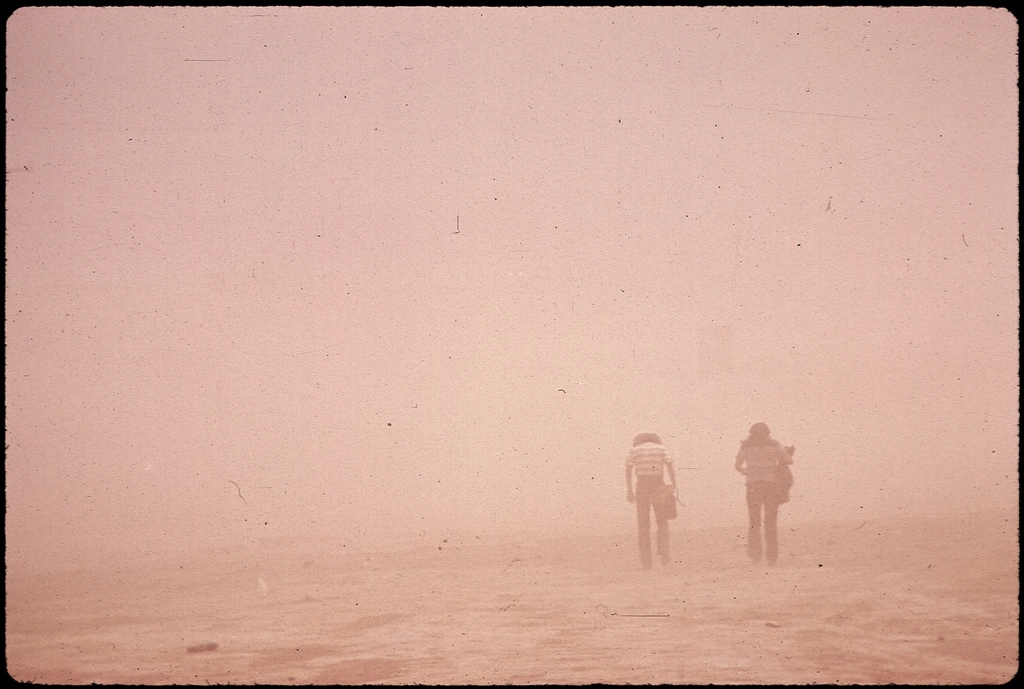
The warning signs are literally swirling in the air above us. According to a new study, dust storms on the Great Plains have become more common and more intense in the past 20 years, because of more frequent droughts in the region and an expansion of croplands. “Our results suggest a tipping point is approaching, where the conditions of the 1930s could return,” says Gannet Haller.
The health implications are immediate and severe. The dust storms not only threaten to remove soil nutrients and decrease agricultural productivity, but also present a health hazard, says Andy Lambert, a co-author on the study and a meteorologist at the U.S. Naval Research Laboratory in Monterey, California. The dust contains ultrafine particles that can penetrate cells in the lungs and cause lung and heart disease.
The agricultural expansion that’s contributing to this crisis is particularly troubling. Renewed agricultural expansion is adding to the problem. Grasslands are being plowed up to plant corn near refineries that turn corn into biofuels—spurred by U.S. policies that encourage renewable fuels. “Much of the expansion has been on less suitable land,” Lambert says. “It’s particularly ironic that the biofuel commitments were meant to help the environment.”
Wildfire Potential Reaches Dangerous Levels
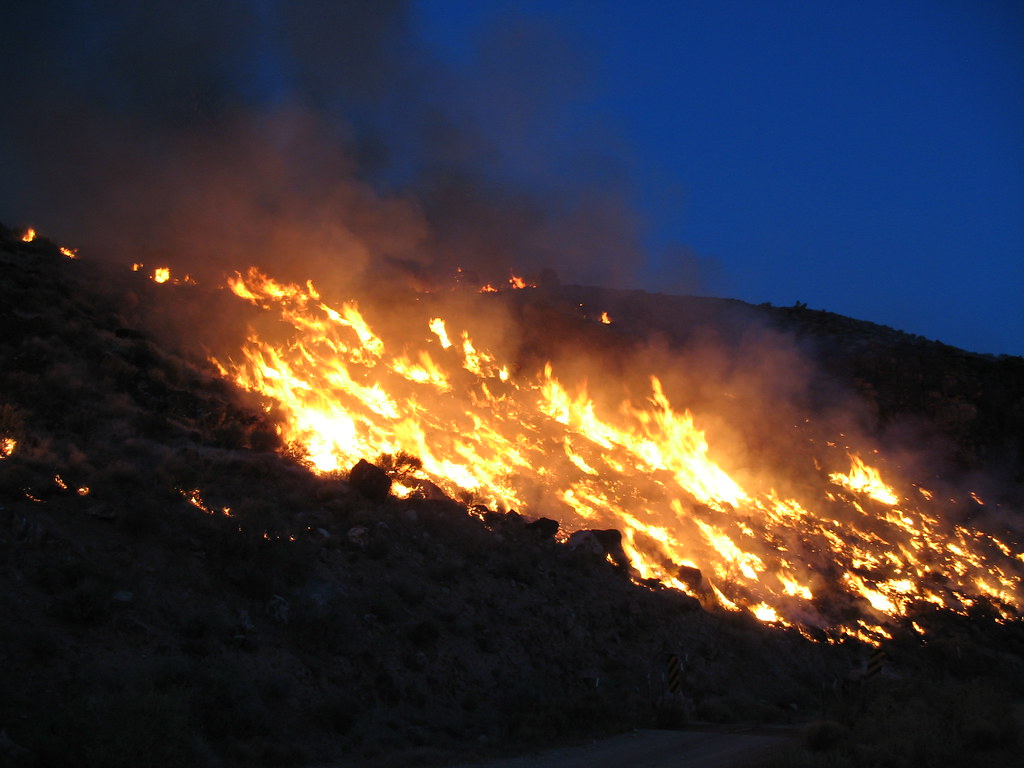
The drought isn’t just threatening crops—it’s creating a tinderbox across the Great Plains. The National Interagency Fire Center (NIFC) issues monthly outlooks for significant wildland fire potential. NIFC is calling for above-normal significant fire potential for portions of the Northern Plains through September. Increased wildland fire potential is present in Texas and Oklahoma through August.
The conditions are aligning perfectly for catastrophic fire seasons. Additionally, soil moisture profiles across much of the High Plains have increased and will continue to fuel potential above-normal grass loading. Summer is when large fire activity typically peaks in the North Central U.S. Dry, hot, and windy conditions in Minnesota and Wisconsin during May and June contributed to more wildfires than normal.
Canada Faces Similar Drought Pressures
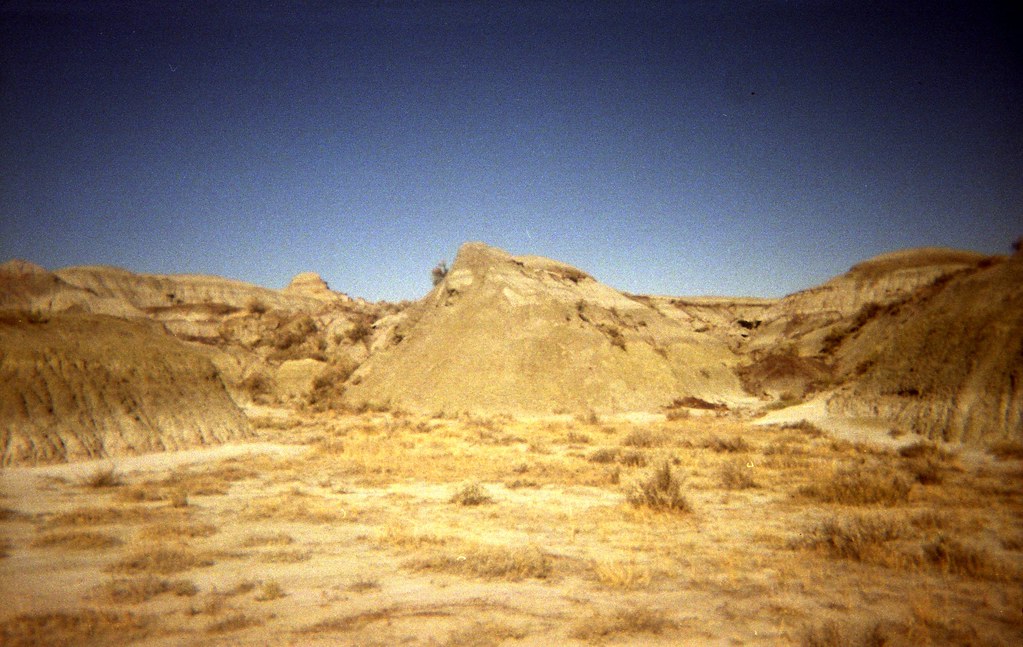
The crisis extends beyond U.S. borders, creating a continental drought emergency. At the end of the month, 31% of the Prairie Region was classified as Abnormally Dry (D0) or in Moderate to Severe Drought (D1 to D2), including 26% of the region’s agricultural landscape. At the end of the month, 44% of the country was classified as Abnormally Dry (D0) or in Moderate to Extreme Drought (D1 to D3), including 41% of the country’s agricultural landscape.
The speed of deterioration in western Canada is particularly concerning. Drought conditions worsened across much of the Pacific Region this month due to below normal precipitation and warm temperatures. The majority of British Columbia received less than 60% of normal precipitation. Several communities in the southeast recorded their driest starts to the year. Kelowna, Vernon, and Penticton reported their first, second, and third driest Januarys, respectively, receiving 26.5%, 21.2%, and 21.9% of normal precipitation this month.
Economic Devastation Mirrors 1930s Catastrophe
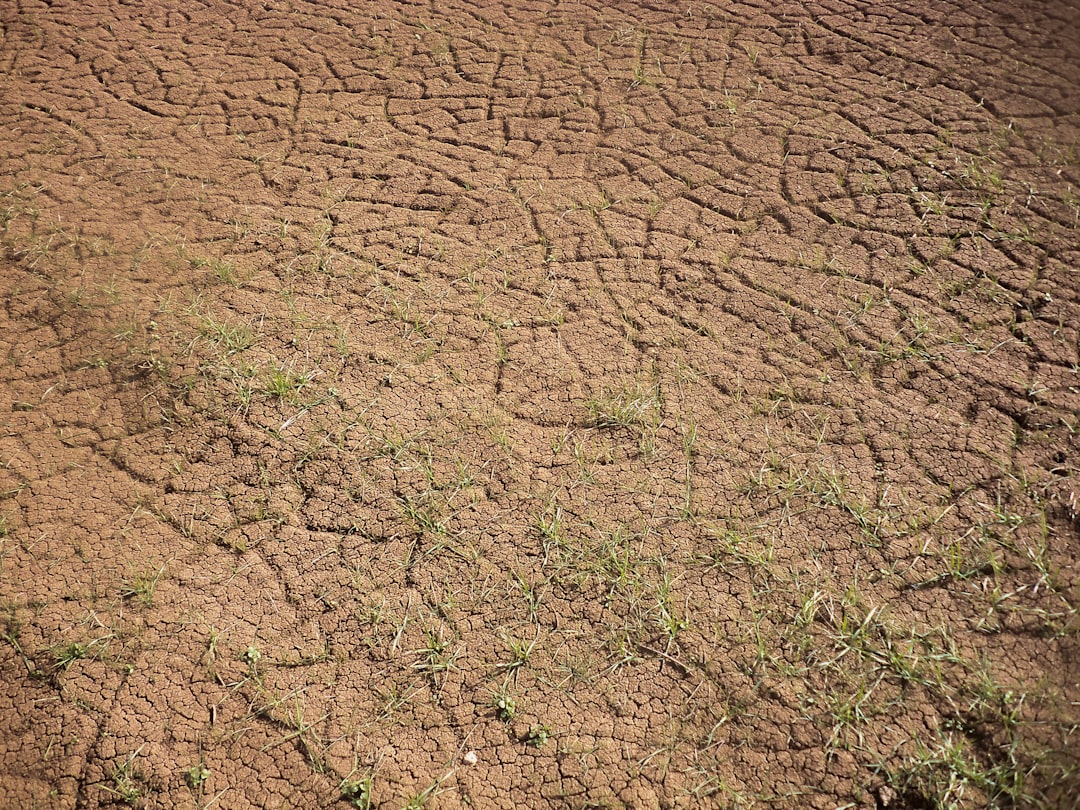
The economic implications are staggering and eerily reminiscent of the original Dust Bowl. The Dust Bowl forced tens of thousands of poverty-stricken families, who were unable to pay mortgages or grow crops, to abandon their farms, and losses reached $25 million per day by 1936 (equivalent to $570 million in 2024). Today’s agricultural system, while more technologically advanced, remains just as vulnerable to sustained drought.
The 2012 drought provides a preview of what’s coming. For example, in 2012, severe drought impacted 80 percent of agricultural land in the United States, causing more than two-thirds of its counties to be declared disaster areas. The drought affected the production of livestock and field crops such as wheat, corn, and soybean production in the Great Plains and Midwest and accounted for $14.5 billion in loss payments by the federal crop insurance program.
The cycle of agricultural devastation is becoming increasingly predictable. Haller says the new study identifies a strong correlation between new croplands and the downwind areas where dust levels are growing the fastest. What worries Lambert is a potential repeat of the 1930s feedbacks, where the wind-borne dust carried away vital nutrients from the soil, leading to crop losses and the need to plow up more terrain—thereby removing stabilizing ground cover and adding to the supply of dust.
The signs are unmistakable: America’s agricultural heartland is facing a crisis that could reshape our food system for generations to come. The question isn’t whether we’ll face another Dust Bowl, but whether we’re prepared for what’s already begun.

